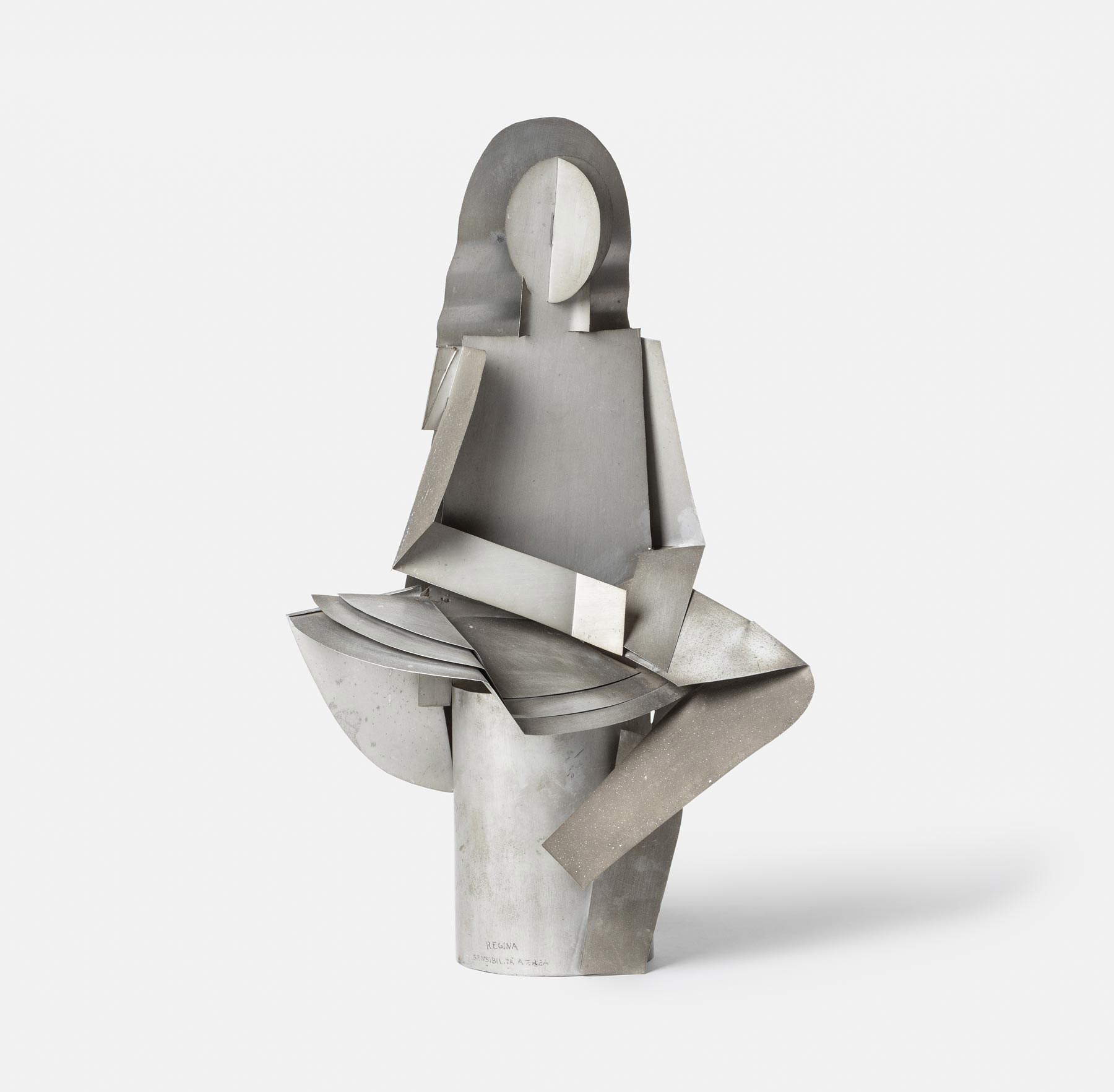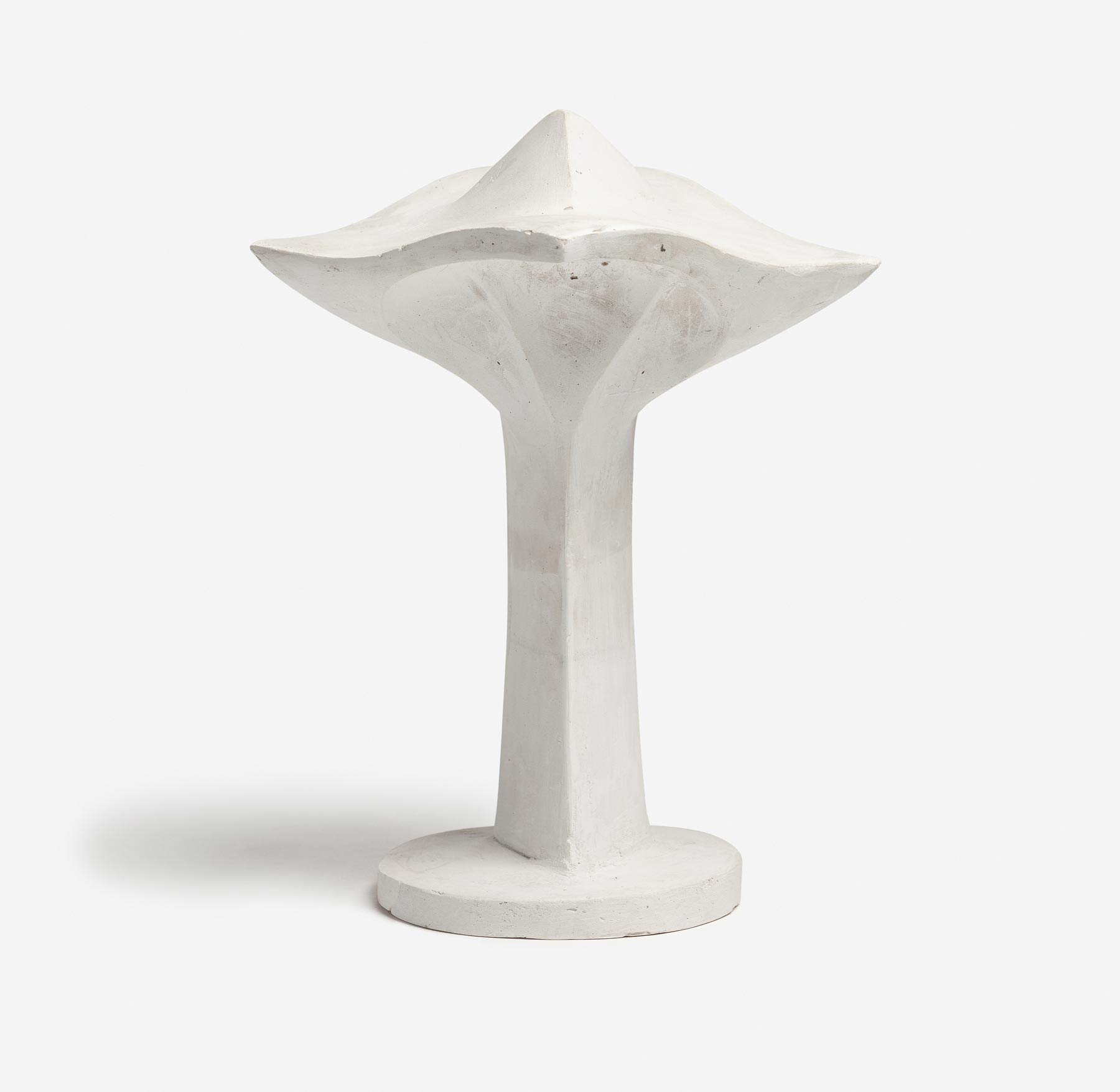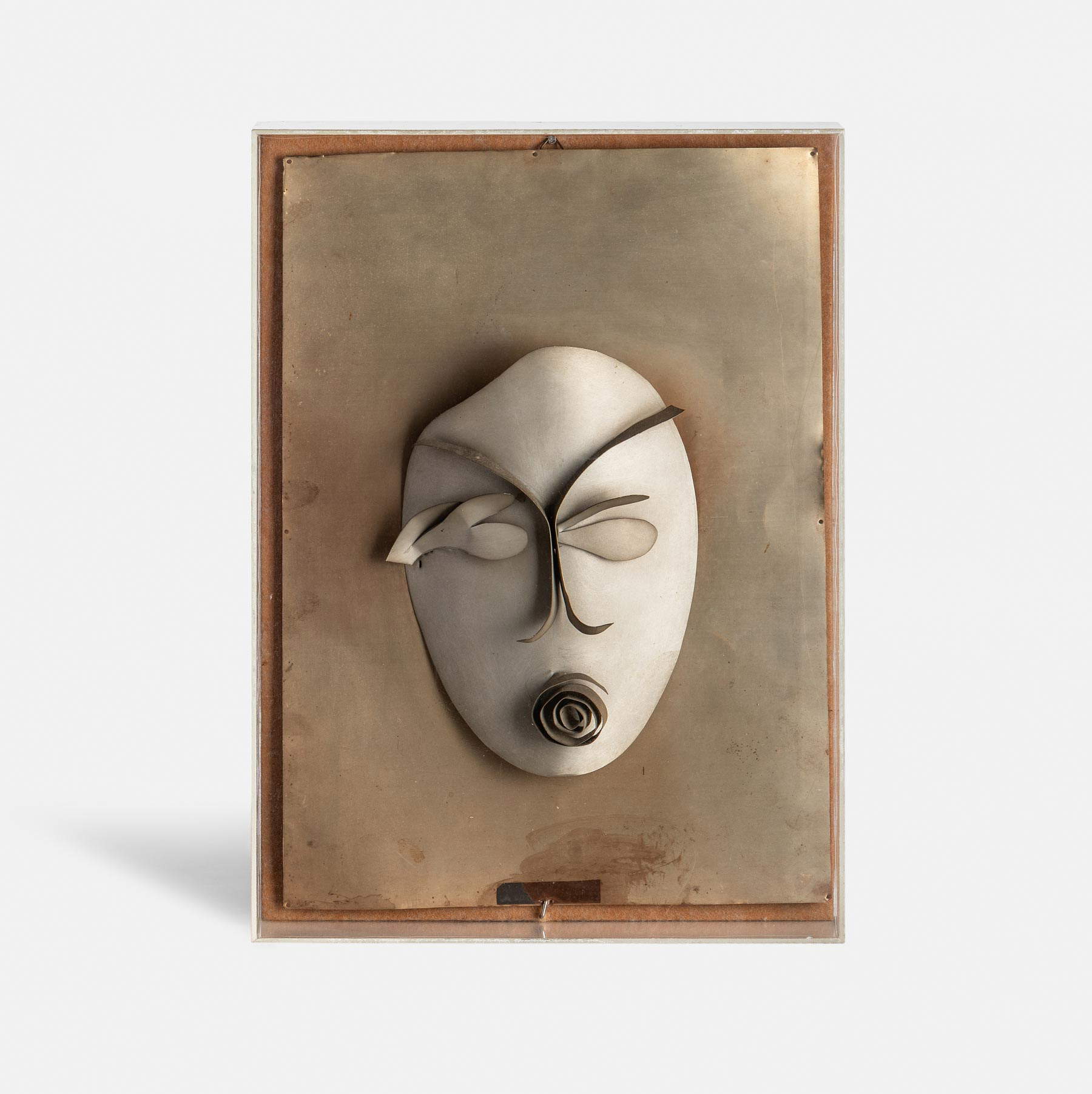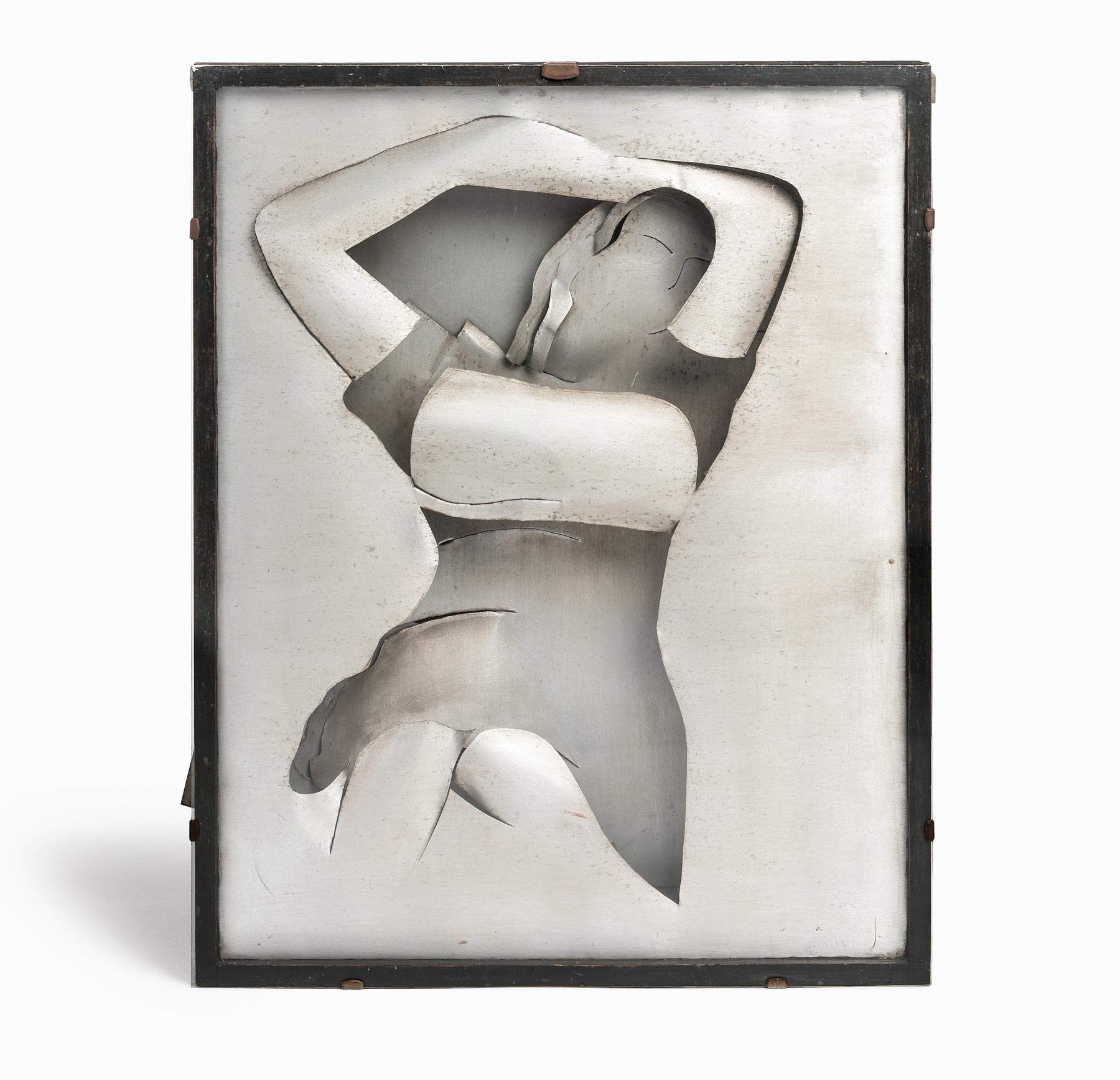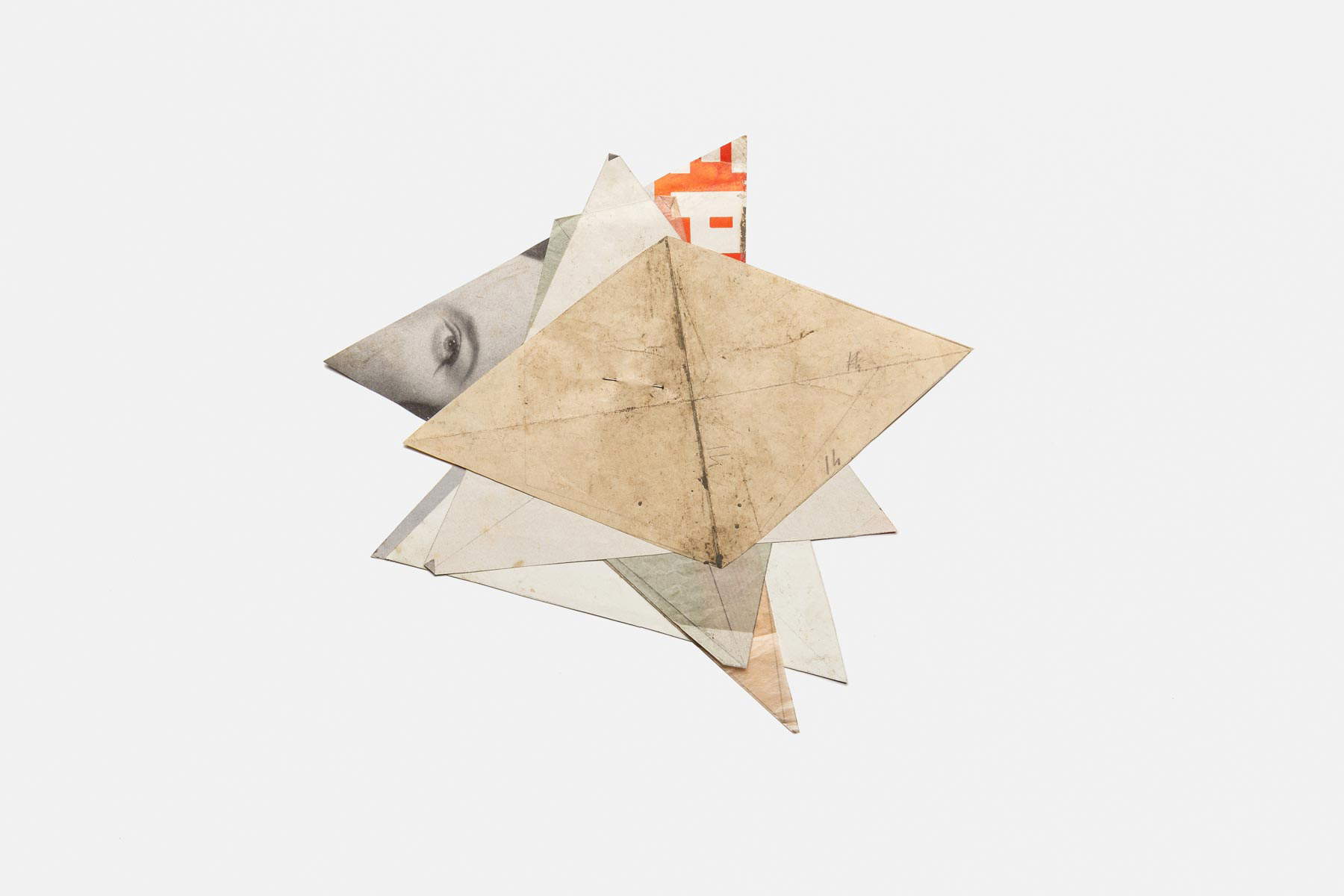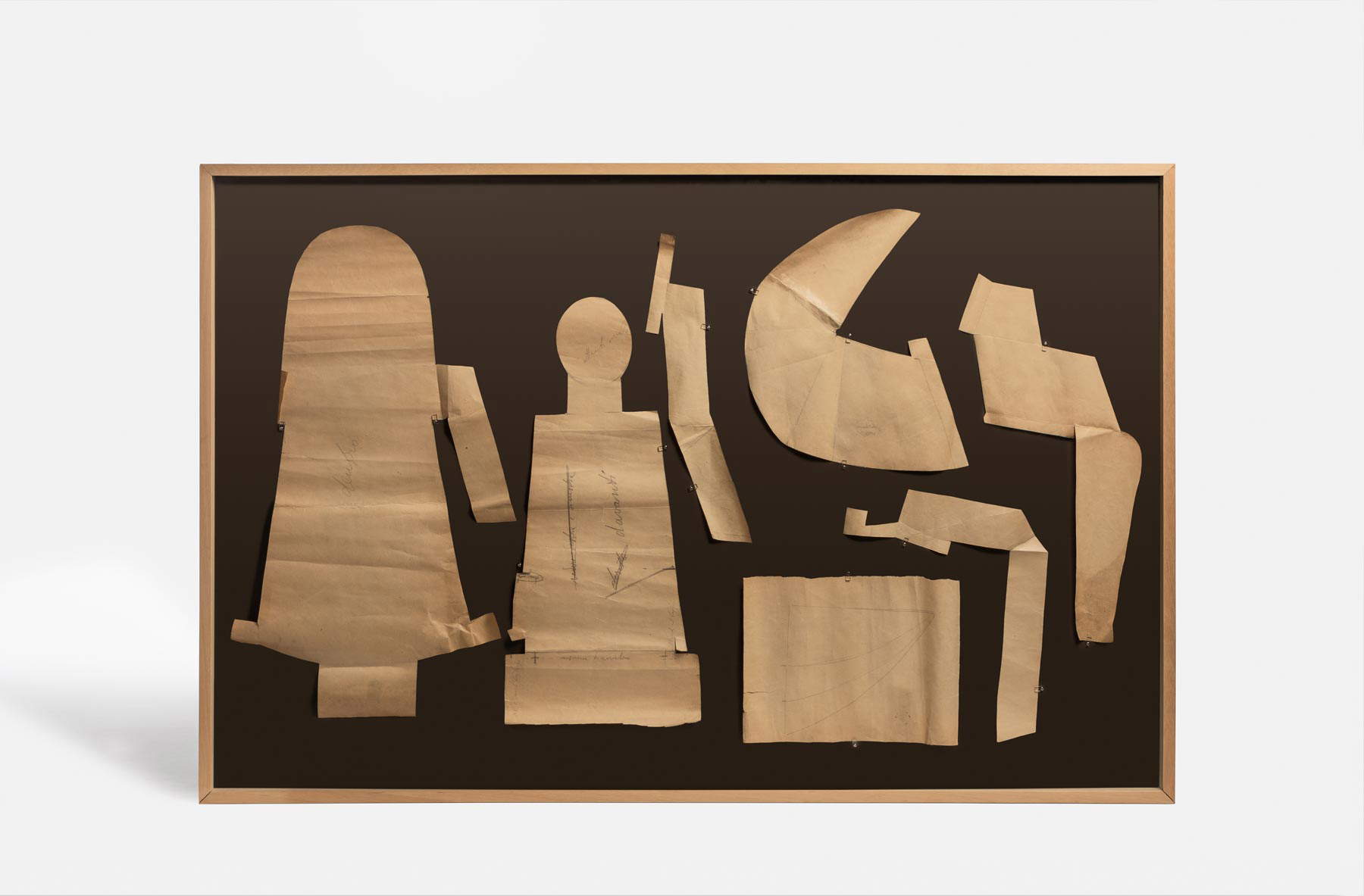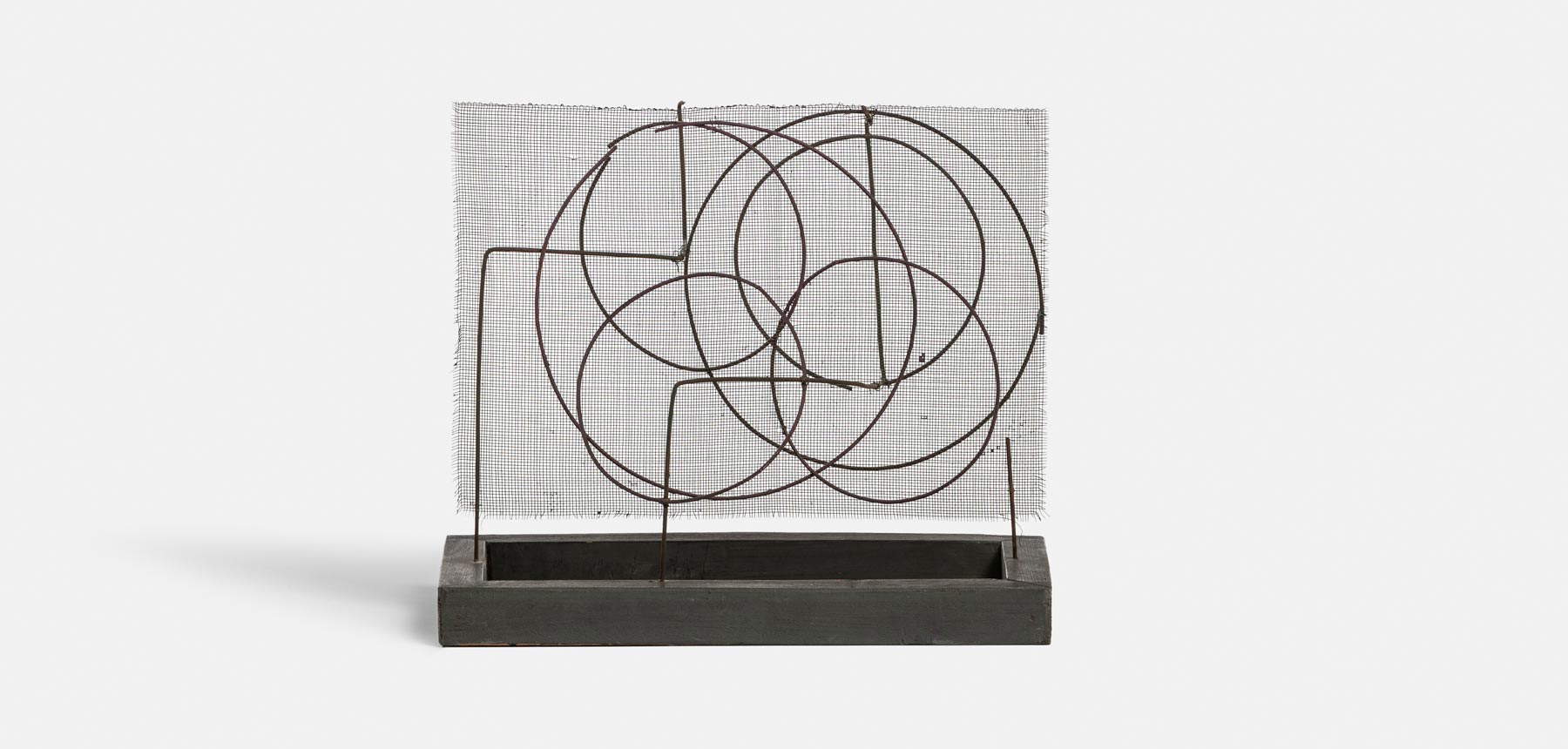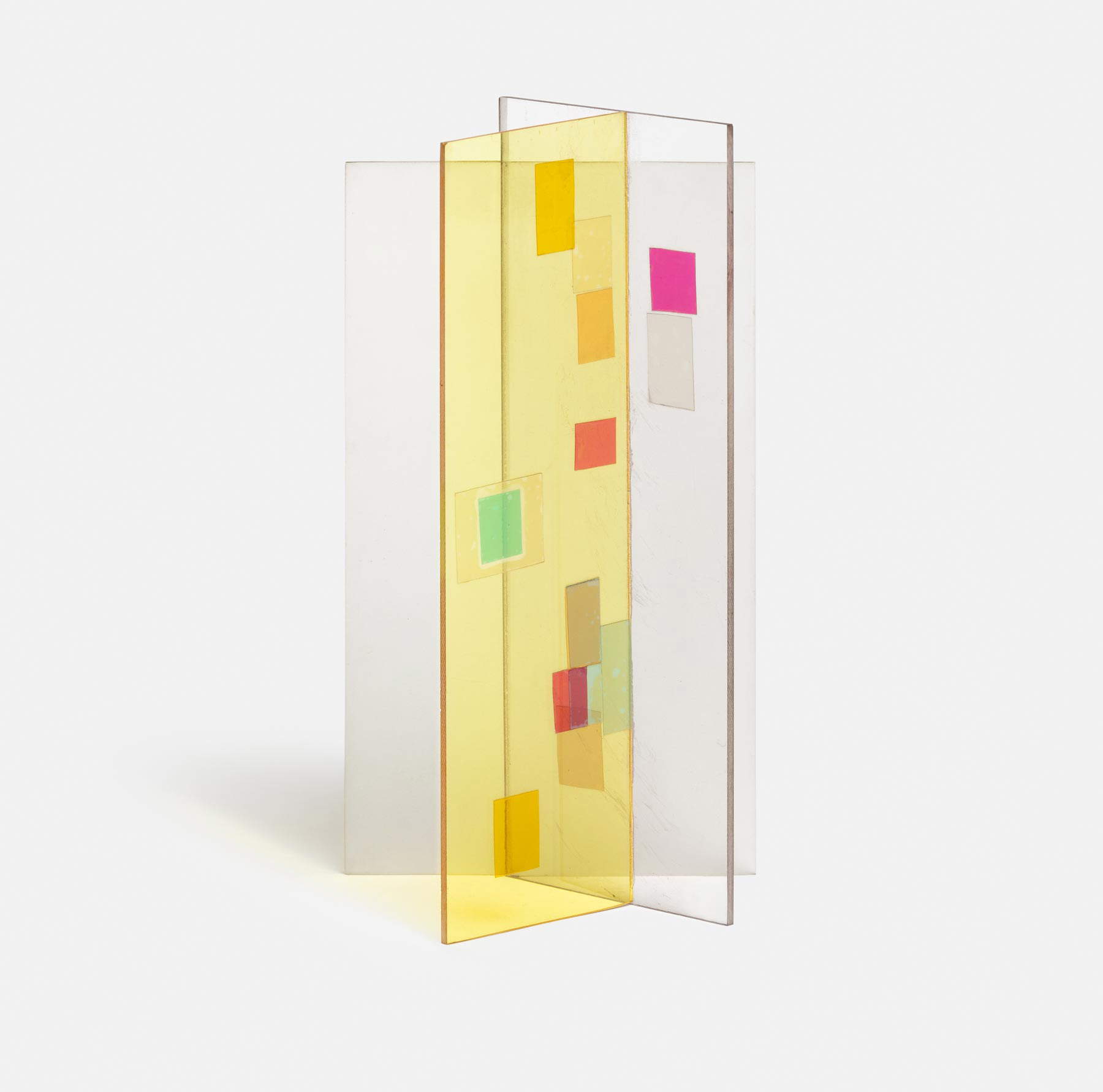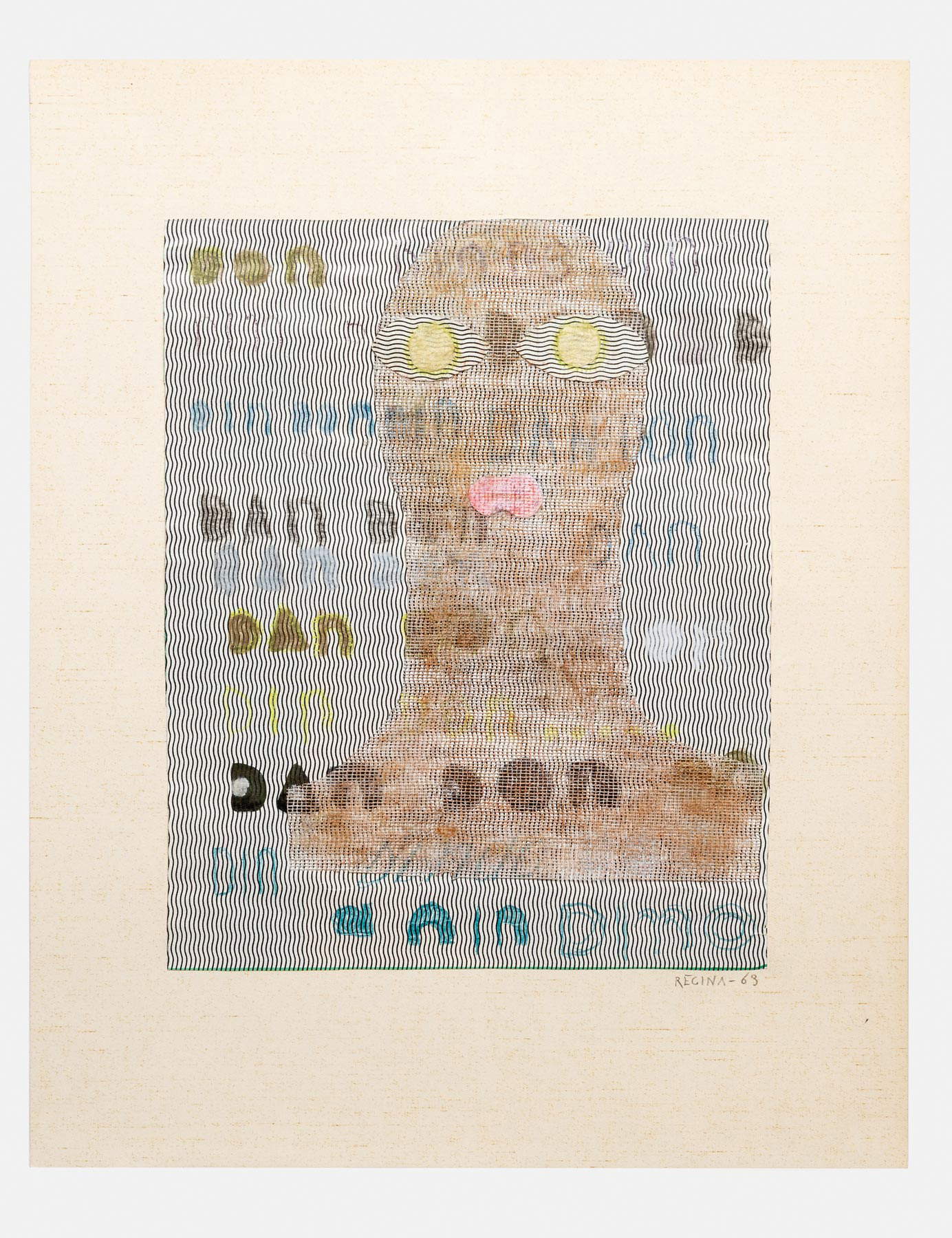by Redazione , published on 26/04/2021
Categories: Exhibitions
/ Disclaimer
From April 28 to August 29, 2021, GAMeC in Bergamo is hosting a major exhibition dedicated to Regina, the first woman of the Italian avant-garde to devote herself entirely to sculpture, a little-known and fascinating figure.
From April 28 to Aug. 29, 2021, GAMeC in Bergamo opens the first retrospective in an Italian museum dedicated to Regina Cassolo Bracchi, aka Regina (Mede, 1894 - Milan, 1974), one of the most fascinating, innovative and still lesser-known figures of the 20th century European art scene. The exhibition, entitled Regina. Of Sculpture, curated by Chiara Gatti and Lorenzo Giusti, stems from the acquisition by GAMeC and the Centre Pompidou in Paris of an important nucleus of works by the artist and aims to analyze, from the beginnings in the 1920s to the early 1970s, the formal reflection of a unique personality, wrongly remained on the margins of history and rediscovered now as a complex, experimental, versatile and poetic figure. The same Paris museum will devote special attention to the artist’s research, in the exhibition Women in Abstraction, curated by Christine Macel and Karolina Lewandowska (May 5 to August 23, 2021).
Originally from Mede Lomellina, the daughter of a butcher and orphaned at a young age, Regina was the first woman of the Italian avant-garde to devote herself entirely to sculpture, whose languages she reinterpreted in a daring and experimental direction, bending academic and naturalistic research to the use of novel materials. Aluminum, iron wire, tin, tin, and sandpaper were the privileged means of a continuous and inexhaustible compositional and expressive investigation that initially embraced the modes of Futurism (in 1934 he was among the signatories of the Technical Manifesto of Futurist Keroplastics) and then those of MAC, the Concrete Art Movement (1948), which Regina approached in 1951 thanks to Bruno Munari.
The lightness of materials, the dynamism of forms, a language made up of geometric synthesis and lyrical abstractions animate his work, alongside a daily, strong-willed and rigorous practice. Two hundred and fifty works, including sculptures, mobiles, drawings, paper patterns and notebooks, are on display in the exhibition, guiding the public along a path that develops through themes and epochs, interweaving contacts with avant-garde movements and biographical events, from the Ventennio to the postwar boom. Through loans from the Gaetano and Zoe Fermani Collection-Archive, other private individuals and the Museum of Mede Lomellina, which holds a significant part of her early production, the journey into Regina’s universe begins with her academic training, with her first realist portraits, with a Novecento flavor, and her synthetic studies of animals.
The years of adherence to Futurism, during which Regina participated in all the Venice Biennials and the Roman Quadrennials, are characterized by works in which memories of a mechanical world à la Depero mingle with the spatial interpenetrations of Archipenko and where bent aluminum frees forms from the constraints of the volumes of traditional sculpture. In this process of creating and assembling dreamy works, paper becomes the indispensable tool of any preliminary analysis. Patterns pointed with pins, according to a sartorial practice applied to the aerial vocation of her figures, serve her to shape metal without uncertainty, with energy and gentleness. As in a gigantic herbarium, the section devoted to wildflower drawings and plaster casts of the 1940s shows a tight, fairy-tale yet scientific sequence of studies of spontaneous vegetation, portrayed on hundreds of scattered sheets, like a daily diary of observation of the natural world, soon modified into the essential lines of her mature abstractionism.
The MAC season aligns circles, ellipses, games of triangles or lozenges hoisted with grace and balance in mobile, vibrant compositions, often made in Plexiglas; extreme synthesis of motifs drawn from the wild realm, declined according to the constructive rules of nature. The spatial suggestions widespread in the Milan of the 1950s are revealed in works that betray the mirage of the race to the moon, synthesized by Regina in trajectories of signs in the void, an ideal combination between the lines-force of the Futurist matrix and Fontana’s Spatialism. The exhibition is completed by a monograph, published by GAMeC Books and �?ditions du Centre Pompidou, with essays by Christine Macel, Lorenzo Giusti, Chiara Gatti, Paolo Campiglio and Paolo Sacchini, graphic concept by Leonardo Sonnoli and Irene Bacchi, and with a photographic project by Delfino Sisto Legnani. The exhibition design is by designer Francesco Faccin. The exhibition is made possible thanks to the special contribution of the City of Bergamo, the organizers also thank Santini Cycling Wear for their support.
Opening hours: Mondays, Wednesdays, Thursdays and Fridays from 3 to 8 p.m. (mornings open for school groups and booked groups), Saturdays and Sundays from 10 a.m. to 6 p.m., last entry one hour before. Tickets: full price 6 euros, concessions and groups 4 euros, free for schools. The ticket allows you to visit the exhibition Regina. Of Sculpture and the Artists Film International exhibition (on view until 05/23/21). On weekdays ticket purchase can be made at the museum box office or online, within 24 hours of the visiting time. On weekends mandatory reservation and purchase only online, to be made within 24 hours of visiting hours. For info and to reserve tickets, visit the GAMeC website.
 |
| Regina, Aerosensitivity (1935; aluminum, 69.5 x 36 x 30 cm; Mede Lomellina, Regina Museum) Photo: Alessandro Saletta and Piercarlo Quecchia - DSL Studio |
 |
| Regina, Dancer (1930; aluminum, 43 x 30 x 15 cm; Gaetano and Zoe Fermani Archive Collection) Photo: Alessandro Saletta and Piercarlo Quecchia - DSL Studio |
 |
| Regina, Flower (1946; plaster, 39 x 30 x 27 cm; Mede Lomellina, Regina Museum) Photo: Alessandro Saletta and Piercarlo Quecchia - DSL Studio |
 |
| Regina, Mask (The Woman and the Flower) (1930-34; aluminum, 45 x 33 x 7 cm; Gaetano and Zoe Fermani Archive Collection) Photo: Alessandro Saletta and Piercarlo Quecchia - DSL Studio |
 |
| Regina, Lamante dellaviatore (1935-36; aluminum, 60 x 48.8 x 9.5 cm; Mede Lomellina, Regina Museum) Photo: Alessandro Saletta and Piercarlo Quecchia - DSL Studio |
 |
| Regina, Model for Mobile Sculpture (1960s; paper and pins, 26 x 23 cm; Gaetano and Zoe Fermani Archive Collection) Photo: Alessandro Saletta and Piercarlo Quecchia - DSL Studio |
 |
| Regina, Paper Project for Aerosensitivity (1935; pencil on paper, variable measurements; Gaetano and Zoe Fermani Archive Collection) Photo: Alessandro Saletta and Piercarlo Quecchia - DSL Studio |
 |
| Regina, Structure (1955; iron wire and wire mesh, 24.5 x 28.5 x 16 cm; Gaetano and Zoe Fermani Archive Collection) Photo: Alessandro Saletta and Piercarlo Quecchia - DSL Studio |
 |
| Regina, Structure (1965-67; multicolored Plexiglas, 28.2 x 14 x 10.5 cm; Gaetano and Zoe Fermani Archive Collection) Photo: Alessandro Saletta and Piercarlo Quecchia - DSL Studio |
 |
| Regina, Sound of Bells (1963; mixed media on paper, 21 x 17 cm; Gaetano and Zoe Fermani Archive Collection) Photo: Alessandro Saletta and Piercarlo Quecchia - DSL Studio |
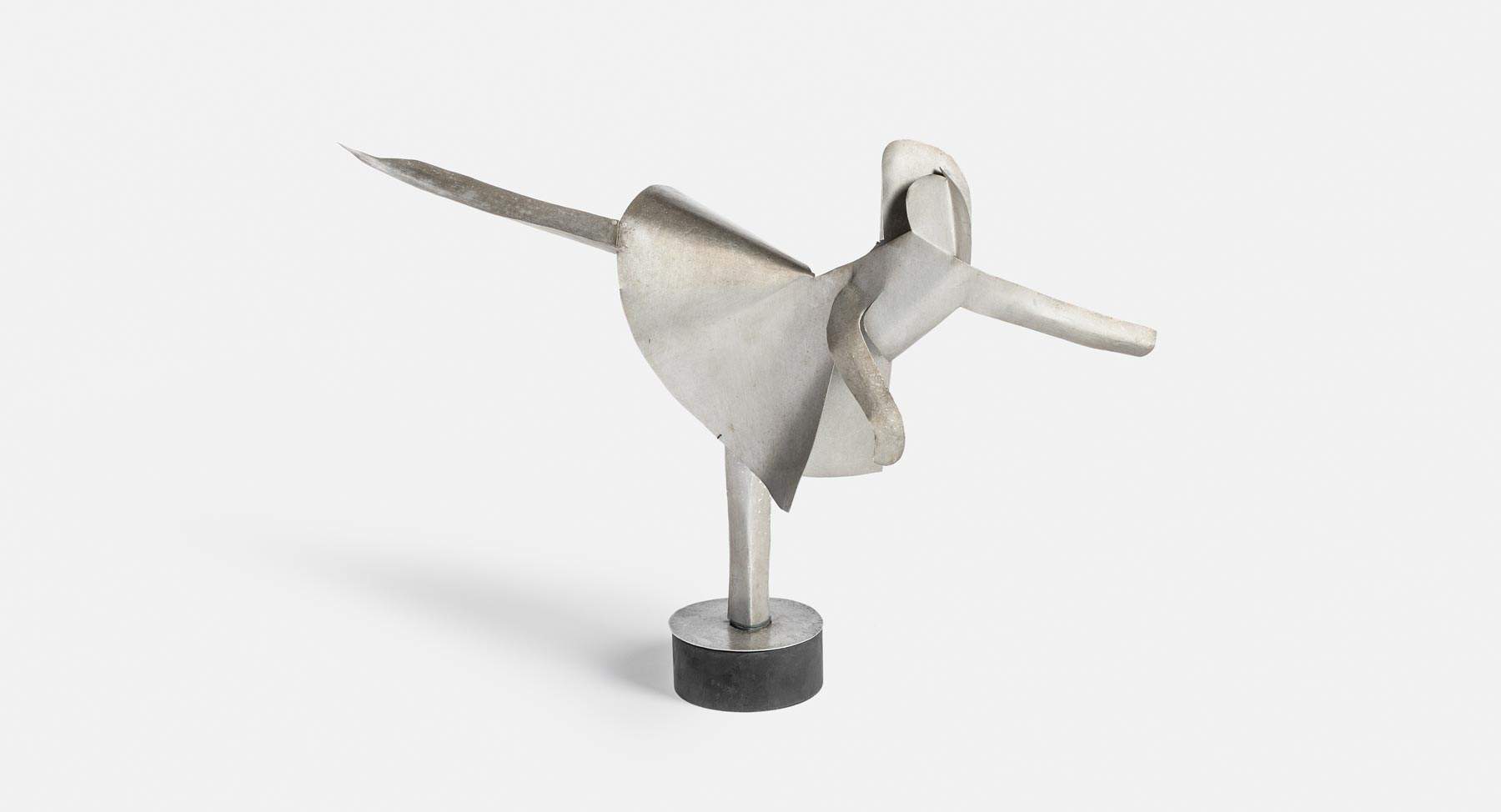 |
| A major exhibition in Bergamo on Regina, the first Italian avant-garde sculptor |
Warning: the translation into English of the original Italian article was created using automatic tools.
We undertake to review all articles, but we do not guarantee the total absence of inaccuracies in the translation due to the program. You can
find the original by clicking on the ITA button. If you find any mistake,please contact us.
